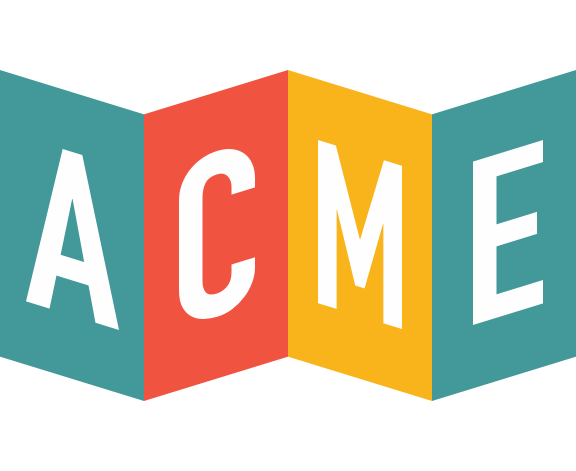
List of Museum Jobs Their Roles, Responsibilities, and More.
Museums are one of the most important institutions available to the public. They preserve, share, and cull together some of the most important exhibits, objects, and artifacts known to human history. They not only aim to educate, but to enrich and further a functional democracy.
All to say, museums are kind of a big deal, which means that the jobs necessary to keep them operating are also kind of a big deal.
From curating and archiving to conservation and art handling, there are several jobs and positions that go to making a fully functional and operational museum. This means that there a number of opportunities for individuals of varying backgrounds to work with and around a museum.
List of museum jobs and what they do
- Archivist: Perhaps the most iconic position in a museum, an archivist is responsible for maintaining the collection of artifacts, art, objects, documents, and historical or otherwise relevant items to the museum. For those with a detail-oriented and scrupulous nature, this is the job for you, as archiving requires great detail and organizational skills. According to the Bureau of Labor Statistics, most archivists will earn about $48,000 annually. Most museums require archivists to have a bachelor’s degree in library science, archival science, history, art, or other subject-relevant majors.
- Curators: Curators hold one of the highest positions among the museum hierarchy of employment. Curators are responsible for managing and overseeing collections for a specific exhibit, gallery, or section of a museum. While the needs and demands of a curator vary depending on the size of a museum, lead curators can be expected to plan and organize exhibits, seek funding, promote their ideas in board meetings, initiate community involvement, and review display items in their designated area of authority. Most curators will need a masters in the subject relevant to a museum’s focus. Yearly wages for curators vary between $50,000-$80,000, depending on their seniority and the size of the museum.
- Museum Conservator: Art and history conservators are one of the most important and technical positions in a museum. Along with an archivist, conservators work in the archives of a museum and are responsible for maintaining an institution’s artifacts and historical documents. Conservation specialists and technicians need to have gone through extensive research in order to make preventative conservation measures, including environmental and climate control, pest management, storing and packaging of sensitive items, and finding optimal encasing methods. Along with preservation, conservators also look to reverse damages, prevent long-term deterioration, and retain the aesthetic appeal of certain items. Conservators and museum technicians can earn anywhere from $35,000 to $60,000, depending on the size and scale of their museum. Most conservators will have a master’s degree in art/history conservation.
- Exhibit Designer: Exhibit designers are the creative and inventive minds behind an exhibition. They give life to artwork, artifacts, and the museum’s most treasured items by creating new and exciting exhibits. Exhibit designers need to work closely with curators in order develop plans for future exhibitions. Because curators work closely with the marketing team and other directors, they can instruct and guide designers on the long-term goals of the museum and begin to coalesce ideas on future exhibits. Exhibit designers will commonly have a bachelor’s in theater or set design, and most designers can expect to earn between $40,000 to $60,000 annually.
- Museum Educator: Museum educators are there to inform and familiarize visitors with the items, history, and backgrounds of certain exhibits. You could find museum educators providing guided tours, sitting at information booths, or publishing information on the museum’s website to expand online educational resources. Some educators might be doing research for the museum; this is especially true in the case of historians working in a museum. Educators may also be expected to write pamphlets for certain exhibits or galleries. Those with a passion for history, culture, and learning are best suited for this position. Museum educators typically earn between $30,000-$40,000 annually. A bachelor’s degree in education, history, art, or the relevant subject is usually the minimum requirement.
Final Thoughts: List of Museum Jobs
While this list of museum jobs and what they do provides some of the most iconic and sought after positions in a museum, there are a number of jobs available to those interested in a museum.
Part of what keeps all of these departments together is the technology that binds a museum. ACME’s state-of-the-art CRM and ticketing software will help museums learns about the interests of their customers and simplify the transaction and ticketing process. ACME’s simple platform makes it easy to assess comprehensible data that will help your managers create curating strategies and marketing plans, all from one place. Keep your museum connected and schedule a demo of Acme today.

